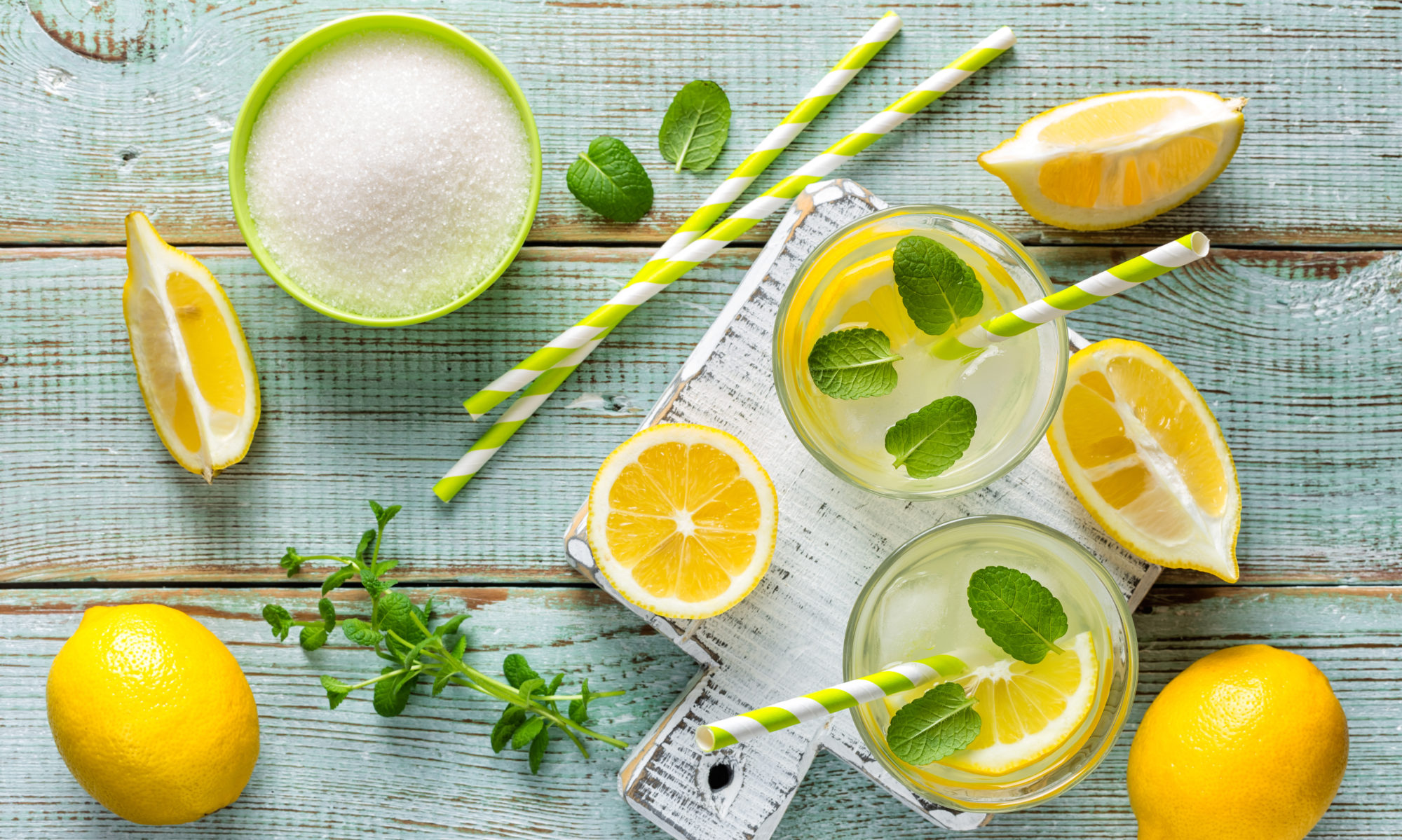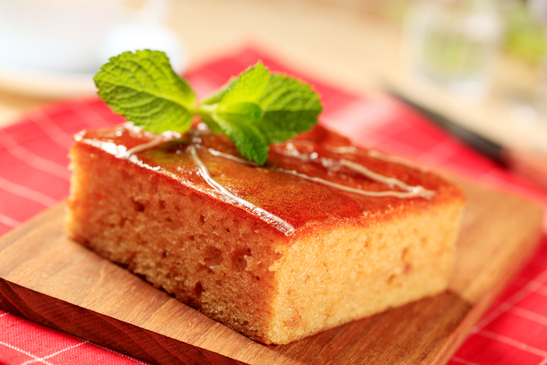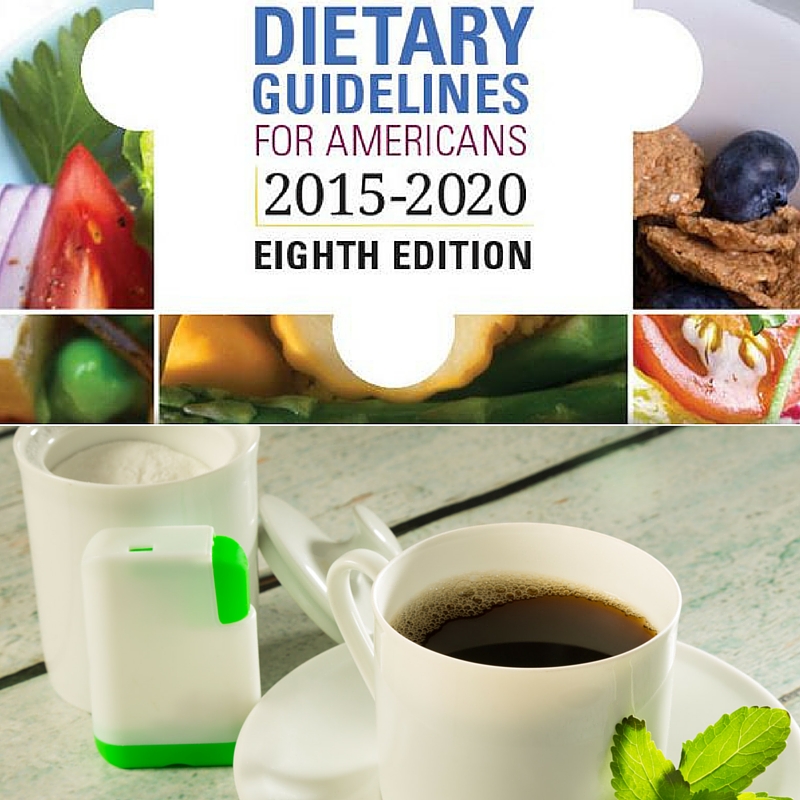January 2016 was an exciting month in the world of nutrition, as it brought the highly-anticipated release of the 2015-2020 Dietary Guidelines for Americans (DGA). The DGA is a resource that supports policy makers and health professionals in helping Americans make healthy choices. The DGA is released every five years to reflect changes based on the latest scientific evidence regarding nutrition.
New Guidelines Recommend Limiting Added Sugars
One of the most talked about changes in the updated DGA is the recommendation to limit added sugars to no more than ten percent of daily calories. While previous editions of the DGA recommend limiting added sugar – this is the first time an actual “upper” limit has been advised.
Note: This recommendation refers only to sugars added to food products; not naturally occurring sugars that you find in fruit and dairy.
How Do You Know if a Food Has Added Sugars?
The best way to assess if sugar has been added to a food is to read the ingredient list. There are many different types and names for sugar. To help you in identifying sugars, here is a list from the USDA.
Quick tip: The ingredient list is organized in order of weight, so therefore the higher sugar is on the list you can assume the higher the sugar content per serving.
What Does Ten Percent Look Like?
What does a ten percent of caloric intake look like in the real world? In an average 2000 calorie diet this would equate to about 200 calories per day. This means there’s not a lot of wiggle room for added sugar in your diet. So, what steps can you take to reduce the amount of added sugar in your diet to a more reasonable and moderate amount?
- Become Nutrition Label Literate. Read labels to be able to compare and choose products that have less, or no added sugar. The FDA has a handy guide on how to read nutrition labels.
- Beverage Choices. When you hydrate, choose water, unsweetened tea or coffee, low-fat milk, 100 percent juice, or other calorie-free drinks.
- Breakfast or PBJ? Whether you’re having waffles or making a PBJ, use low or no-added sugar jellies, jams and syrups.
- Sugar Alternative. Replace sugar with low-calorie or zero-calorie sweeteners such as stevia.
Looking For Ways to Reduce Added Sugar? Choose Stevia.
Let’s face facts, while many people desire to be healthier the taste of plain yogurt or unsweetened tea may not appeal to everyone. If you are looking to adapt your sugar intake to the DGA’s recommendations – stevia is a natural, zero-calorie sweetener that can help you enjoy the foods you love while decreasing your sugar intake. Not only is stevia zero calories, but it also does not impact blood sugar making it safe for people with diabetes. It comes in both powder and liquid forms so that it can be used in a variety of foods, and it can even be used in baking.
Suggestions for Stevia
Stevia can really be used in any food or beverage as an alternative to sugar. It makes it easy combine your personal food preferences with a diet that meets the new DGA guidelines. Here are some easy (and tasty) suggestions to begin using stevia in your diet.
- Try a few drops of vanilla stevia in your afternoon chai tea for a virtually calorie-free pick me up.
- Mix a ½ cup of low-fat cottage cheese with one packet stevia and a dash of cinnamon for a calcium rich, protein packed, low-cal snack.
- Replace the sugar in a brownie recipe with stevia for a rich dessert lower in calories and sugar.
Check out the recipe section on Stevia Benefits to get more ideas on different ways you can use stevia.
Finally, the DGA made another big change in its latest edition – urging Americans to focus on making small changes to help transitioning to a healthier diet feel manageable and sustainable. A small change like switching from sugar to stevia is a perfect complement to this recommendation and reducing added sugar.
 Carolyn Reynaud, MS, RD, LD is a licensed registered dietitian and a paid contributor to SteviaBenefits.org. She received her BS in nutrition from Michigan State University and her Masters and Certificate in Public Health from Georgia State University. She has experience working in several avenues of health care including corporate wellness, clinical disease management, research, and health promotion. She has been working as a health coach specialist for close to 6 years, where she counsels patients on preventative healthcare and helps them meet their health goals. Follow her on Twitter @ReynaudCari.
Carolyn Reynaud, MS, RD, LD is a licensed registered dietitian and a paid contributor to SteviaBenefits.org. She received her BS in nutrition from Michigan State University and her Masters and Certificate in Public Health from Georgia State University. She has experience working in several avenues of health care including corporate wellness, clinical disease management, research, and health promotion. She has been working as a health coach specialist for close to 6 years, where she counsels patients on preventative healthcare and helps them meet their health goals. Follow her on Twitter @ReynaudCari.





 Carolyn Reynaud, MS, RD, LD is a licensed registered dietitian and a paid contributor to SteviaBenefits.org. She received her BS in nutrition from Michigan State University and her Masters and Certificate in Public Health from Georgia State University. She has experience working in several avenues of health care including corporate wellness, clinical disease management, research, and health promotion. She has been working as a health coach specialist for close to 6 years, where she counsels patients on preventative healthcare and helps them meet their health goals. Follow her on Twitter
Carolyn Reynaud, MS, RD, LD is a licensed registered dietitian and a paid contributor to SteviaBenefits.org. She received her BS in nutrition from Michigan State University and her Masters and Certificate in Public Health from Georgia State University. She has experience working in several avenues of health care including corporate wellness, clinical disease management, research, and health promotion. She has been working as a health coach specialist for close to 6 years, where she counsels patients on preventative healthcare and helps them meet their health goals. Follow her on Twitter 